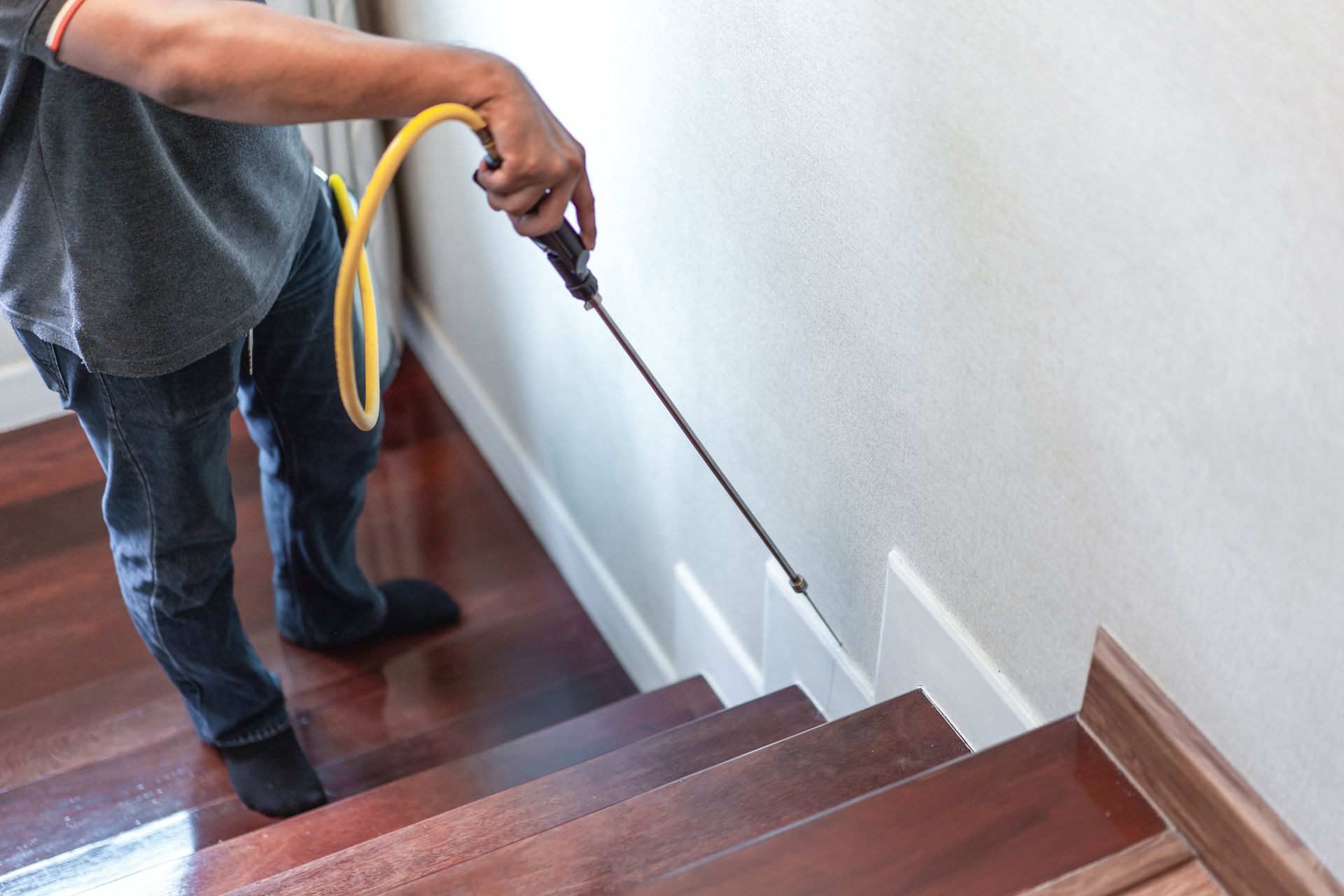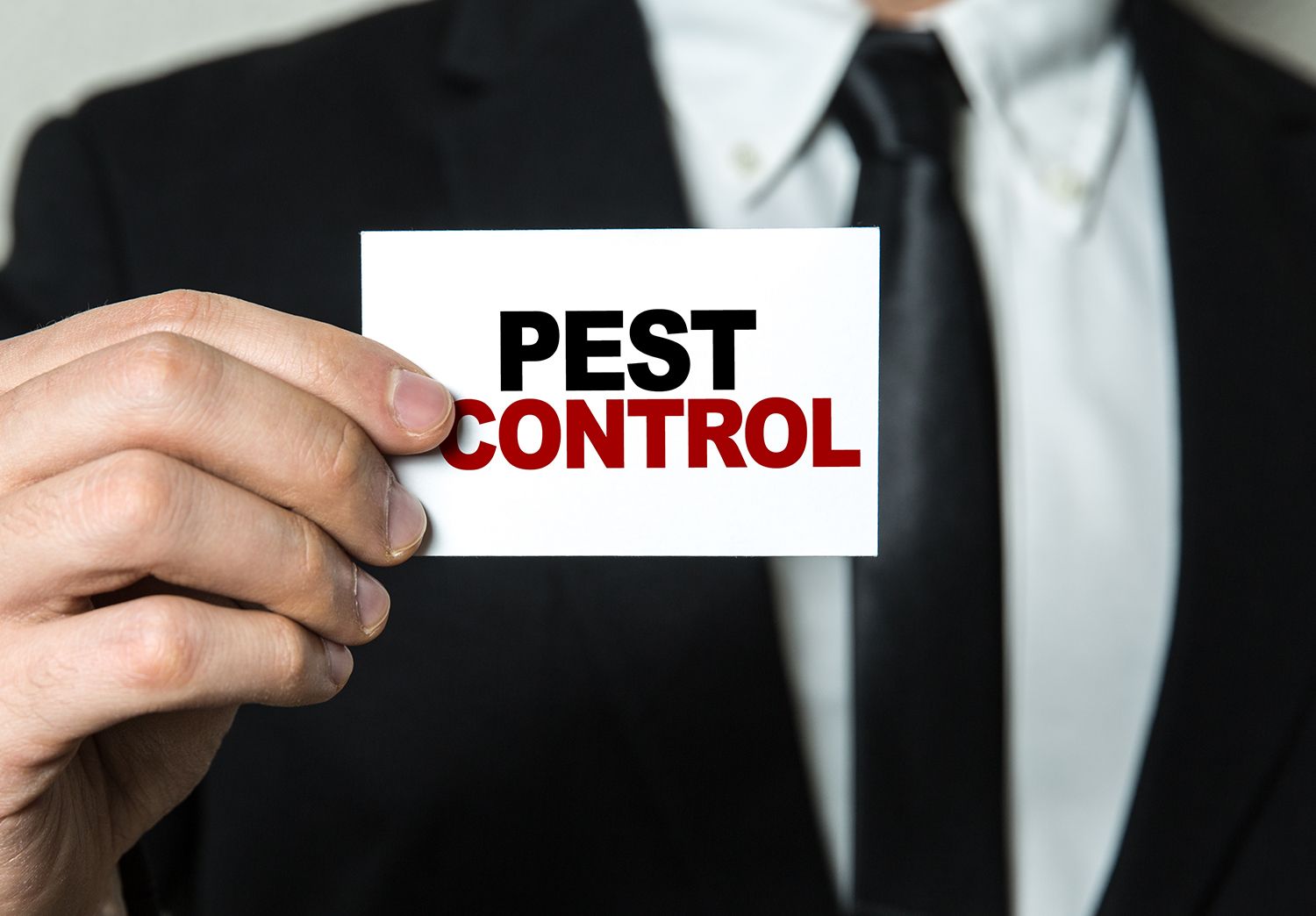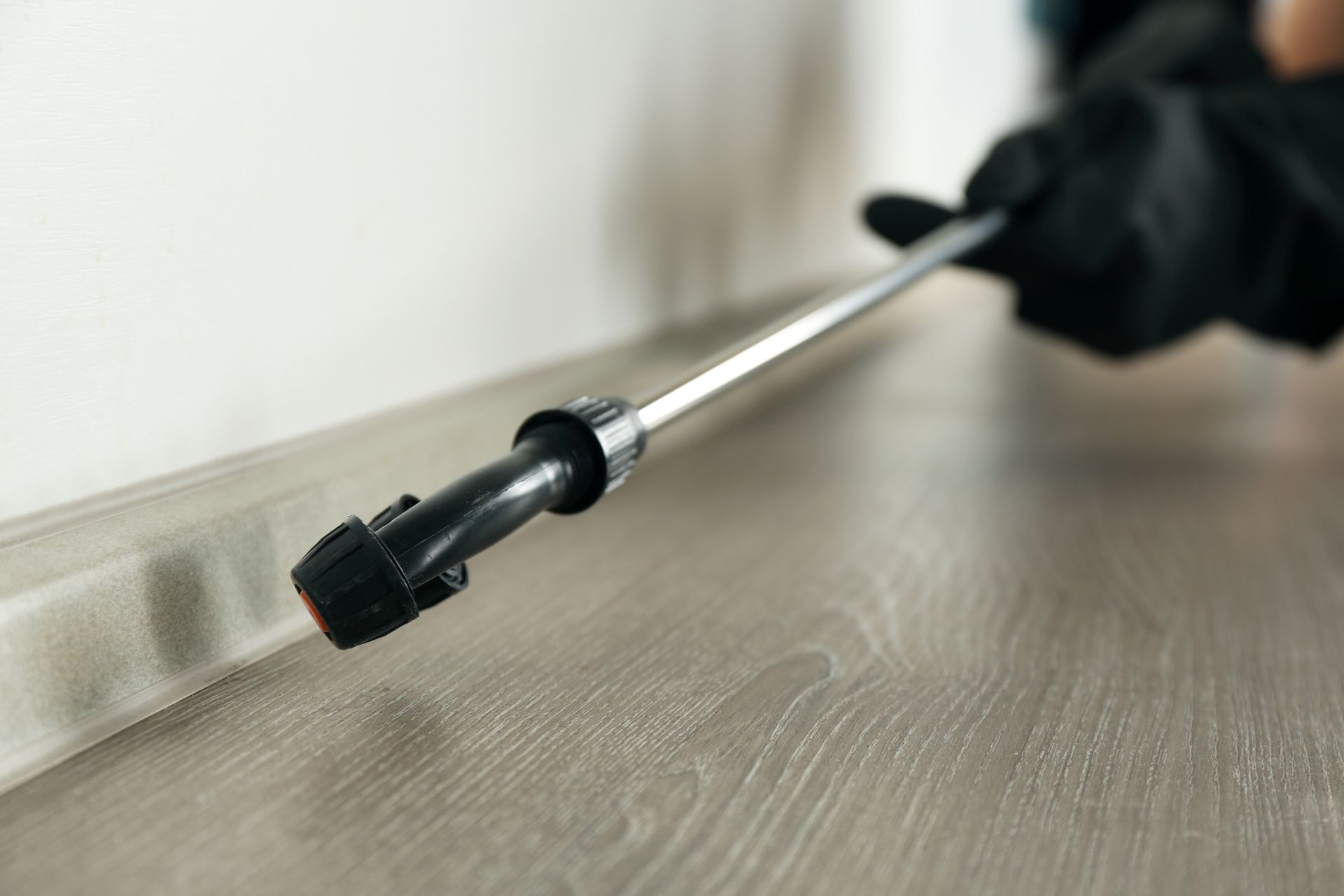Signs of Rat Activity in and Around Your Home
Discover some of the most common signs of rat activity and what you can do when they appear.
Smudges Rats are larger than mice, so their movements leave more clear evidence. These rodents carry natural oils on their fur, which leave marks on the walls or on other areas that they pass through. Because rats are creatures of habit, these wall smudges will get darker over time as they use the same pathways to travel on a regular basis.
You are most likely to see these smudge marks on walls or moldings near the floor, often in more covert areas, such as behind furniture. You might also see them more near the attic area or in the basement, where human traffic is less frequent.
These smudges might seem invasive and gross to you as a property owner, but they can be useful in placing rat traps and poison. The smudges show the areas of highest rat activity, making it more likely for poison or traps to be effective.
Footprints Rats are large enough pests to leave footprints behind. In clean areas, you won't see footprints. But, rats prefer to stay in areas where there aren't a lot of people, so the floors might be dusty.
If you open a basement storage room and see small paw prints and large swoops in the dust (from the drag of a rat's tail), you can know for certain you are the host for one or more rats.
Droppings and Urine Probably one of the most unsanitary signs of rat activity that a homeowner can find is rat droppings. Rat droppings are larger than mice droppings, but they have a similar appearance: dark brown or black, similar to the shape of a rice grain.
Droppings are harmful to health, and they should be cleaned up, but until the rats are removed from your house, more will appear.
Another similar sign is the smell of urine. This smell usually only comes with larger infestations of rats, so you'd probably notice the problem before you smelled it. However, rat urine, like droppings, is toxic to humans and could result in illnesses and diseases. Many rats are not carriers of disease, but you have no way to know for sure if a rat in your home is safe to touch.
Contact a pest control professional if you are worried about cleaning areas where rats have been. The pest control professionals can give you more insight into how to properly disinfect areas that might have been disturbed by rats.
Noises An early sign of rat activity can be the noises their paws make as they travel. Rats prefer to move in dead spaces, such as between sheets of drywall, in the attic, under the floorboards, or through ventilation. They do not move silently, and you can hear the noise, particularly at night when rats are more active and when the house is quiet.
Nests Rats seek warm, dry places to build nests for their babies. They build nests using fabric scraps, shredded paper, or cardboard. They don't want nests to be disturbed, so they are often in hidden places. Crawlspaces, the space in your walls, or even utility closets make great places for rat nests.
Rats can also commonly nest outdoors and make trips inside for things like food if they can. You might find a nest under your porch, in a four-season or three-season room, in your garage, or in a garden shed.
You can help reduce the how hospitable your home is to rats by not making nesting easy for them. For example, don't store furniture in your garage or on your deck, especially during the winter. Clear up porch furniture during the cooler season to keep rats from nesting in the cushions.
If you find a rat nest, don't disturb it — they can be harmful to your health without special equipment. Instead, call a pest control company to handle the situation. They will be able to better assess how severe the rat problem is.
Chew Marks Rats, like other rodents, have teeth that never stop growing. To curb this growth, they are compelled to gnaw. You can see evidence of this gnawing throughout your home. They might gnaw on the wiring inside the walls, but they also utilize their teeth to access their most basic need: food.
Holes in plastic packaging, cardboard boxes, and paper bag all indicate rat involvement. Rats are a bit more capable than mice of getting through tough exteriors, such as the plastic of a water bottle or the tetra pack of a container of chicken broth.
If you suspect you have a rat problem, begin storing extra food in containers with lids. Do not keep crackers, cereal, or other dry foods in cardboard boxes. You want to seal off the access to food to discourage rats from sticking around. For more information, contact us at Paffy's Pest Control .















